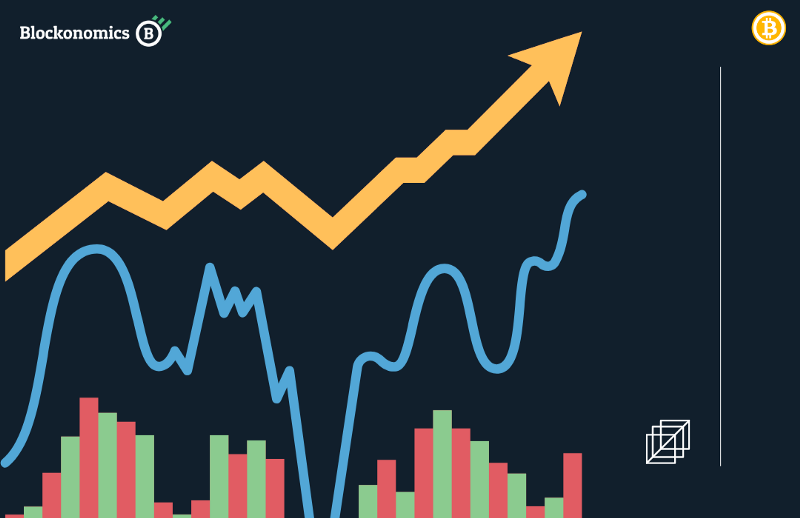What is Crypto Market Capitalization?
Market Capitalisation is one of the most quintessential terms in the crypto space. In fact, it is one of the first things you hear when…

Market Capitalisation is one of the most quintessential terms in the crypto space. In fact, it is one of the first things you hear when talking about any crypto coin.
Most portfolio trackers use it as a benchmark to assess the value of any crypto and position them accordingly.
So what exactly is Market Cap and why is it so important?
Market Capitalisation of any crypto asset is the total dollar value of the outstanding coins. It is calculated by taking the product of the total circulating supply and the real-time price value of that asset.
Market Capitalization = (Total Circulating Supply) X (Real-Time Price Value)
So essentially it is the total value of the available stock of any crypto coin. Do take note that it is the circulating supply and not the total supply that is being used to calculate the cap.
For Bitcoin, the market cap will be:
- Circulating Supply: 19,015,906
- Price Value: $41,392.67
BTC Market Cap = (19,015,906) X ($41,392.67) = $787,119,121,809
For Ethereum, it is:
- Circulating Supply: 120,441,669.12
- Price Value: $3,085.55
ETH Market Cap = (120,441,669.12) X ($3,085.55) = $371,628,792,153
Notice that even though the volume of ETH is higher than BTC, Bitcoin has a higher market cap due to its high price.
Why is it important?
Market Cap provides a rough estimate of how well a cryptocurrency is doing. Generally, the bigger the market cap the safer the coin. This allows investors to gauge the performance of all the crypto assets and assess which currency is doing well over others.
Price alone is not a reliable factor to assess an asset's performance, say there are 2 coins,
Coin 1:
- Price: $10,
- Circulating Supply: 100,000,000
- Market Cap: $1,000,000,000
Coin 2:
- Price: $100,
- Circulating Supply: 100,000
- Market Cap: $10,000,000
Looking at the price alone, Coin 2 seems to be better. But when we calculate the Market cap for each, we see that Coin 1 has a higher market cap, making it a better investment.
Higher market cap assets are usually more popular, relatively stable, and pose a lower risk than the rest.
There are 3 main categories of market cap:
Large-Cap [Market Cap > $10 Billion]
Crypto assets with more than $10 Billion market cap come under this category. Currently, only 19 crypto coins fall under this category.
Large Cap coins are typically seen as safe investments as these coins don’t experience dramatic price swings [relative to other coins], they show growth potential and also have liquidity.
Investing in large-cap coins is usually seen as a conservative strategy as it involves the least amount of risk.
Mid-Cap [$1 Billion < Market Cap < $10 Billion]
Crypto assets with a market cap between $1 billion and $10 billion fall under this category.
These assets are seen as high-risk assets and are more volatile compared to large-cap assets but they also represent room for growth.
Low-Cap [Market Cap < $1 Billion]
Crypto coins with a market cap of less than $1 Billion are considered low-cap assets. These assets are most susceptible to dramatic price swings and are generally considered very high risk.
But, their low cap also allows them for huge growth potential which can mean higher returns for investors. These coins can 10X their value or crash to nothing in a matter of minutes.
Conclusion
Market Capitalisation is a well-established metric to assess crypto assets and is generally seen as a safe and reliable method to compare the performance of various cryptocurrencies.
But do note that it is not the only metric that defines the performance of a coin, market sentiment, geopolitical factors, technical developments, and adoption, all play a role in deciding how well it is doing.
Disclaimer: Cryptocurrencies are a high-risk asset class and this article is not investment advice but an educational piece. Please perform your due diligence before investing in them.


Comments ()